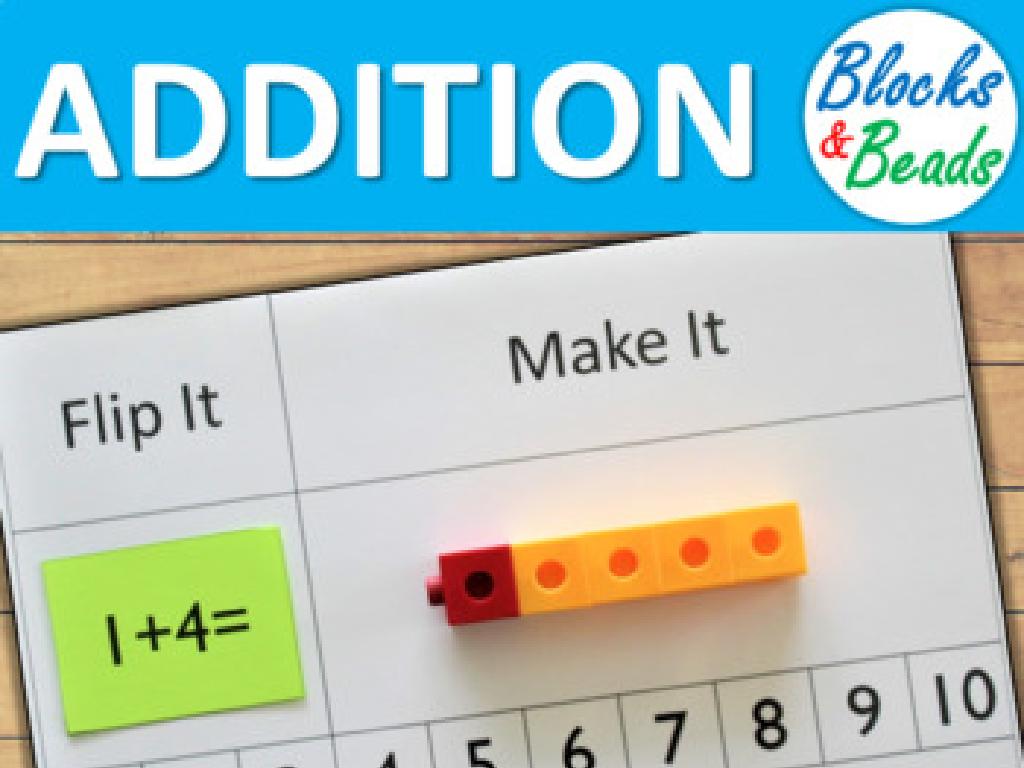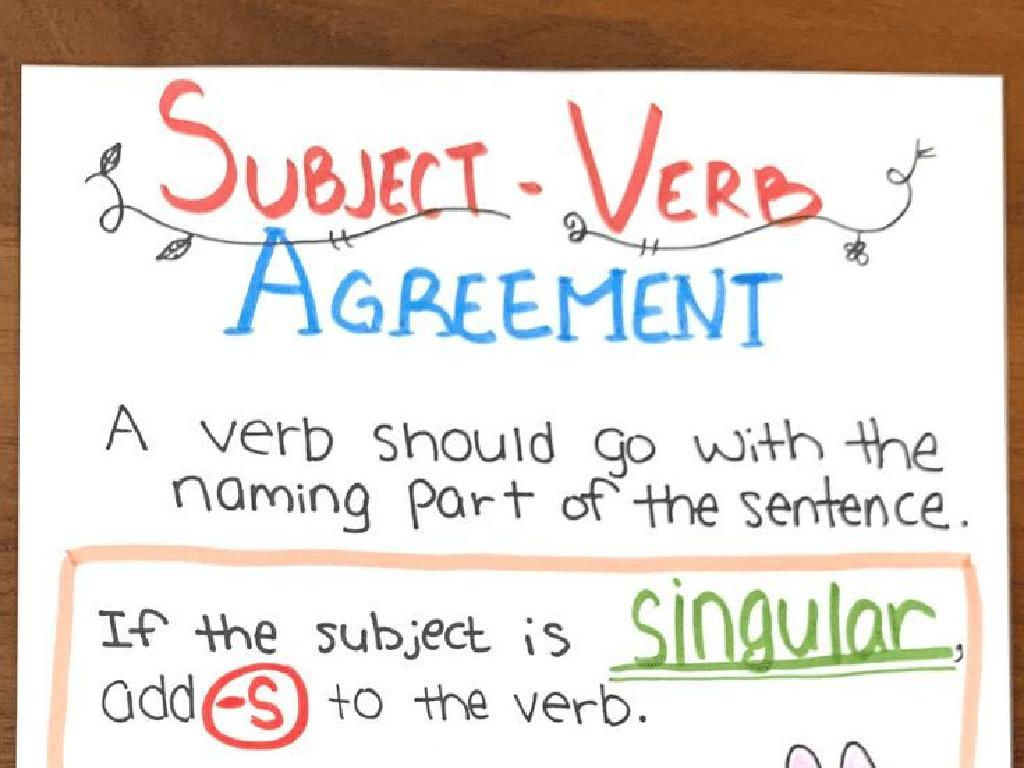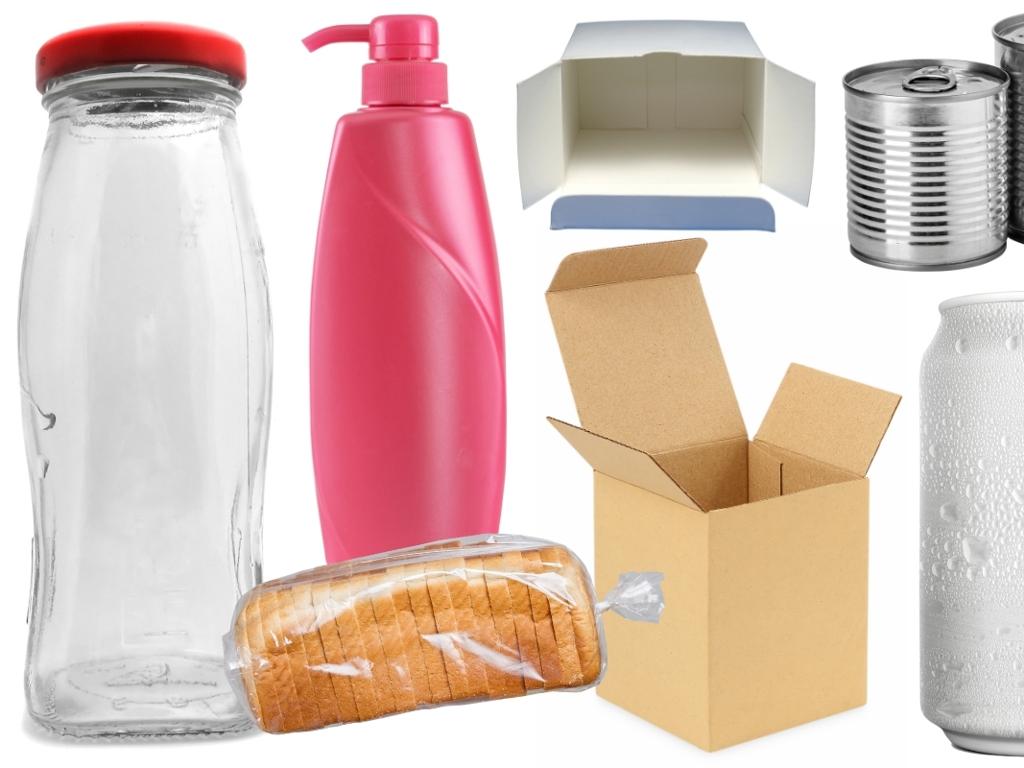Combine Sentences: Predicates
Subject: Language arts
Grade: Second grade
Topic: 2
Please LOG IN to download the presentation. Access is available to registered users only.
View More Content
Combining Sentences with Predicates
– What is a predicate?
– The part of a sentence that tells about the subject
– Making sentences exciting
– Combining sentences
– Use predicates from two sentences to make one
– Why combine sentences?
– It makes our stories more interesting and less choppy
|
This slide introduces the concept of predicates and how they can be used to combine sentences to improve writing. Start by explaining that a predicate tells us what the subject is doing or what happens to the subject in a sentence. Emphasize that combining sentences using predicates can make writing more exciting and less repetitive. Show examples of simple sentences and demonstrate how they can be combined into one cohesive sentence with a compound predicate. Encourage students to think about how combining sentences can add variety to their writing and make their stories more engaging to read.
Understanding Predicates
– Every sentence has two parts
– Predicate: Tells about the subject
– Like ‘runs’ in ‘The dog runs fast’
– Examples of simple predicates
– ‘eats’, ‘jumps’, ‘is happy’ are predicates
– Practice identifying predicates
– We’ll find predicates in sentences together
|
This slide introduces the concept of predicates to second-grade students. Begin by explaining that every sentence is made up of two main parts: the subject, which is what or who the sentence is about, and the predicate, which tells us what the subject does or is. Use simple and relatable examples to illustrate predicates, such as actions (e.g., ‘runs’, ‘eats’, ‘jumps’) or states of being (e.g., ‘is happy’). After explaining, engage the students with an activity where they identify predicates in given sentences. This will help them understand the function of predicates in sentence construction. Make sure to provide clear and age-appropriate examples that second graders can easily relate to and understand.
Combining Sentences with Predicates
– Make writing interesting by combining
– Combine predicates with same subject
– When two sentences share a subject, merge their actions.
– Example: ‘The dog barked. The dog ran.’
– ‘The cat meowed. The cat purred.’
– Becomes: ‘The dog barked and ran.’
– ‘The cat meowed and purred.’
|
This slide introduces the concept of combining sentences with shared subjects to create more engaging writing. It’s important to explain to second graders that when two sentences have the same subject, they can combine the actions (predicates) of both sentences into one. Use the example provided to illustrate how ‘The dog barked. The dog ran.’ can be combined to form ‘The dog barked and ran.’ Encourage students to practice with additional examples and to try creating their own combined sentences. This exercise helps them understand sentence structure and improves their writing skills.
Practice Time: Combining Sentences
– Combine sentences with same subject
– Find two sentences with the same person or thing doing both actions.
– Look for clues to combine them
– Clues are words like ‘and’, ‘because’, or similar ideas in sentences.
– Partner up for worksheet activity
– Work together to mix two sentences into one.
– Share your combined sentences
|
This slide is designed for a classroom activity where students practice combining sentences with the same subject to improve their sentence construction skills. Encourage students to identify sentences that talk about the same subject and use conjunctions or context to combine them into one coherent sentence. Provide a worksheet with pairs of sentences for students to practice with their partners. After the activity, ask some pairs to share their combined sentences with the class to reinforce learning and encourage peer feedback.
Let’s Play: Predicate Party Game
– Team up with a classmate
– Take turns to roll the dice
– Combine sentences using dice number
– If you roll a 2, combine two predicates!
– Have fun creating new sentences!
– Be creative and enjoy the game!
|
This interactive game is designed to help second graders understand and practice combining predicates in sentences. Students will pair up and use a dice to determine how many predicates they should combine. For example, if a student rolls a 3, they should find three sentences and combine their predicates into one sentence. This activity encourages teamwork, creativity, and application of the concept of predicates in a fun and engaging way. Possible variations of the activity could include using different numbers of dice for more complex combinations, or challenging students to come up with the most humorous or interesting new sentences. The goal is to reinforce the lesson on predicates while keeping the students actively involved.
Class Activity: Sentence Creators
– Create sentences with sentence strips
– Cut and combine predicates
– Mix and match to form new meanings
– Make new, fun sentences
– Share your favorite with the class
– Explain why it’s your favorite
|
This activity is designed to help students understand the concept of predicates and how they can change the meaning of a sentence. Provide students with colorful sentence strips that have a variety of predicates. Encourage them to cut the predicates and attach them to different sentence beginnings to create new sentences. This hands-on activity will allow students to experiment with sentence structure and see how the predicate impacts the sentence. After creating a variety of sentences, each student will choose their favorite and share it with the class, explaining why they chose it. This sharing will foster a sense of community and allow for peer learning. Possible variations of the activity could include creating silly sentences, focusing on past-tense predicates, or combining predicates from different stories read in class.
Review and Reflect: Combining Sentences
– Recap on combining sentences
– We learned to join sentences with similar subjects or predicates.
– Importance of sentence combining
– It makes our writing smoother and more interesting.
– Share your favorite part of the lesson
– Did you like creating longer sentences or finding predicates?
|
This slide aims to consolidate the day’s learning about combining sentences, particularly focusing on predicates. It’s crucial for students to understand that combining sentences can make their writing more fluent and less choppy. Encourage them to reflect on why this skill is important, not just for their current grade but as they progress in their education. Ask them to share what they enjoyed most about the lesson to reinforce positive feelings about learning. This could be the creative aspect of making new sentences or the challenge of identifying predicates. Use this feedback to gauge the effectiveness of the lesson and to plan future lessons.






